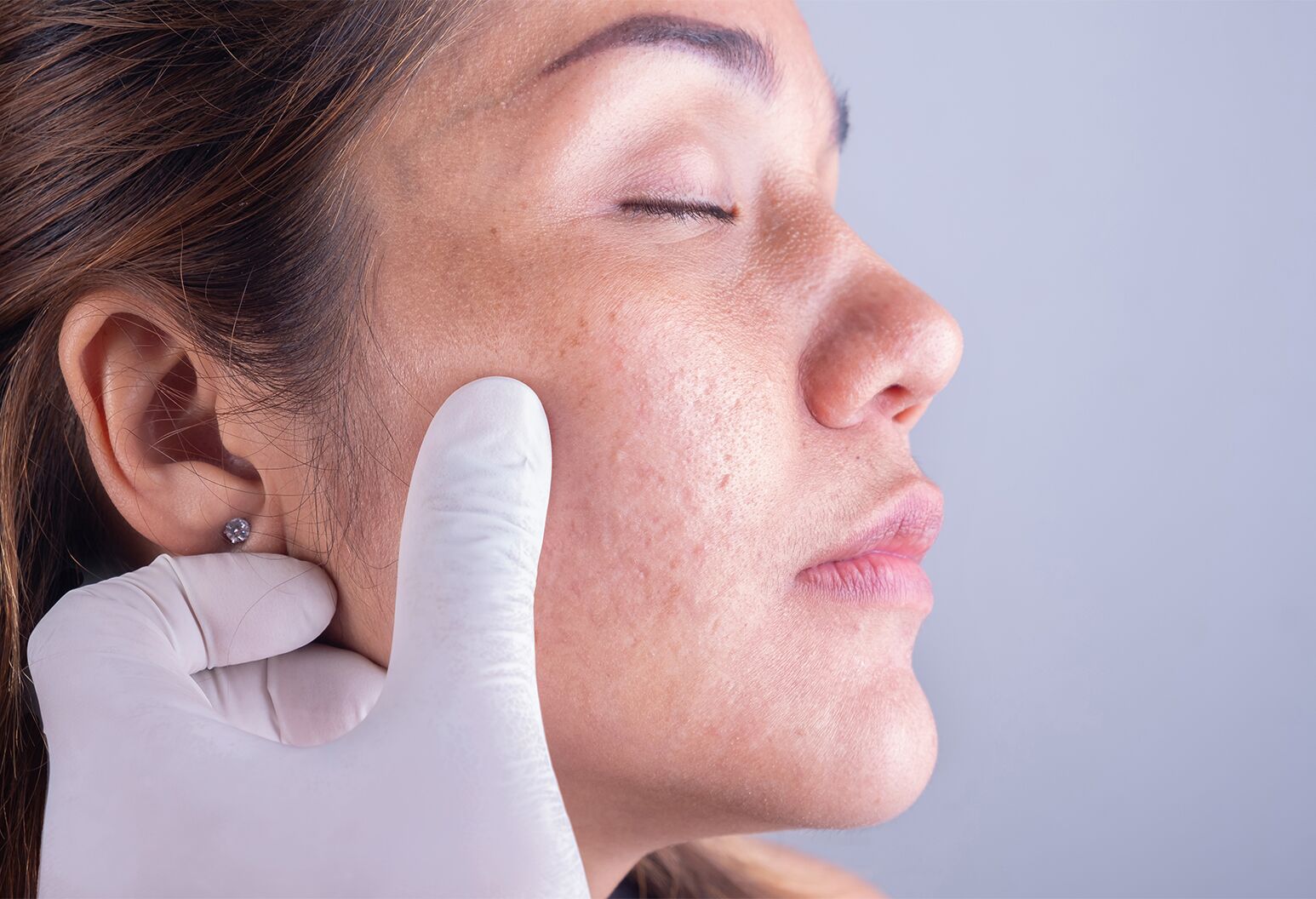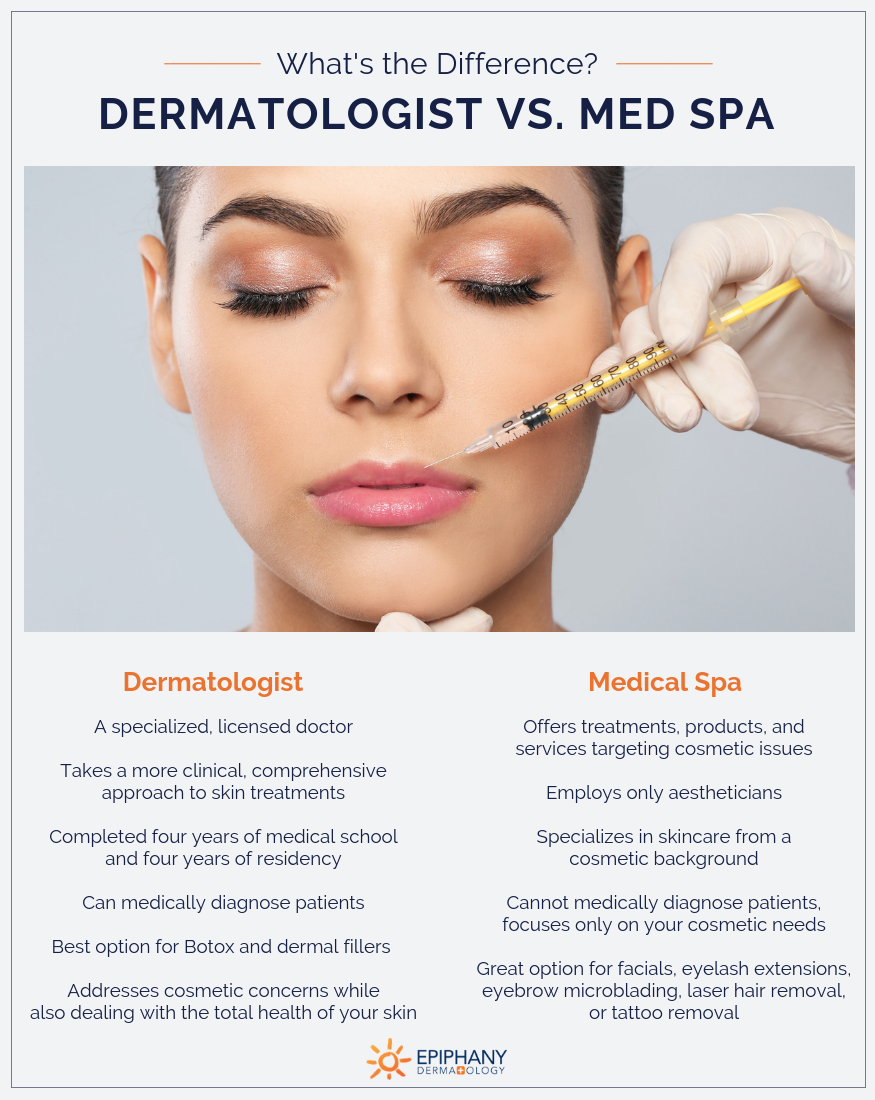Protect your skin potential skin cancer with early detection and professional treatment options.
Navigating Skin Cancer Therapy: The Important Duty of Mohs in Modern Dermatology Practices
Skin cancer cells, a challenging medical diagnosis, usually leaves individuals coming to grips with countless treatment choices. Among these, Mohs surgery stands as a sign in contemporary dermatology, renowned for its meticulous strategy to cancer cells removal and preservation of surrounding healthy cells. This ingenious practice guarantees not only premium cosmetic results however additionally provides prompt outcomes, relieving client anxiousness. As we check out the intricacies of this procedure, one will certainly appreciate its critical function in skin cancer cells treatment.
Understanding Skin Cancer: Types and Threats
Skin cancer, a possibly deadly condition, is even more common than lots of people realize. This illness, triggered by the unchecked growth of irregular skin cells, mostly arises from DNA damage because of exposure to the sunlight and ultraviolet (UV) light. There are three primary kinds of skin cancer cells: Basic cell cancer, Squamous cell carcinoma, and Melanoma. While the former two are much less deadly and compose most of diagnosed cases, melanoma is the most dangerous. It represents only concerning 1% of skin cancer situations yet triggers the substantial bulk of skin cancer fatalities - hair loss. Danger variables consist of reasonable skin, background of sunburn, excessive sunlight exposure, living at high elevations or near to the equator, having numerous moles, a family background of skin cancer, and weakened immune system.
What Is Mohs Surgical procedure and How It's Transforming Skin Cancer Treatment
In spite of the many therapies presently readily available for skin cancer, Mohs surgery sticks out as a groundbreaking and highly efficient option. Called after Frederic E. Mohs, the medical professional who developed the treatment, Mohs surgical procedure is an exact surgical technique used to treat skin cancer cells. During the procedure, slim layers of cancer-containing skin are considerably removed and taken a look at up until just cancer-free cells remains. This strategy enables the cosmetic surgeon to confirm that all cancer cells have been removed at the time of surgical treatment. This degree of accuracy, incorporated with the capability to spare as much healthy and balanced tissue as possible, is transforming skin cancer treatment. Therefore, Mohs surgical treatment has become a foundation of contemporary dermatology techniques.
The Advantages of Mohs Surgery Over Typical Skin Cancer Cells Therapies
Structure on the innovative nature of Mohs surgical procedure, it's crucial to consider its numerous benefits over traditional skin cancer therapies. Unlike standard treatments, Mohs supplies a higher remedy rate, typically getting to 99% for first-time therapies and 94% for recurrent cancers. Furthermore, it decreases damage to healthy skin, leading to much less scarring and enhanced aesthetic outcomes.
The Procedure of Mohs Surgical Procedure: What to Anticipate During the Process

Potential Side Results and Post-Operative Care of Mohs Surgical Procedure
Undergoing Mohs surgical procedure, like any various other operation, entails potential side impacts that patients must know. Typical adverse effects include discomfort, wounding, and swelling at the surgery site. Nonetheless, these are usually momentary and convenient with over the counter discomfort medicine and ice packs. In rare situations, people may experience infection, bleeding, or an allergic response to the local anesthetic. Post-operative care is important to recovery and minimizing side effects. This usually includes maintaining the injury tidy and completely dry, taking prescribed medications, and avoiding difficult tasks. Individuals ought to likewise visit this site go to all follow-up visits for injury treatment and tracking. Sometimes, added therapies may be essential to make sure full removal of the malignant cells. Adhering to these post-operative treatment guidelines can considerably boost healing and results.
Conclusion
